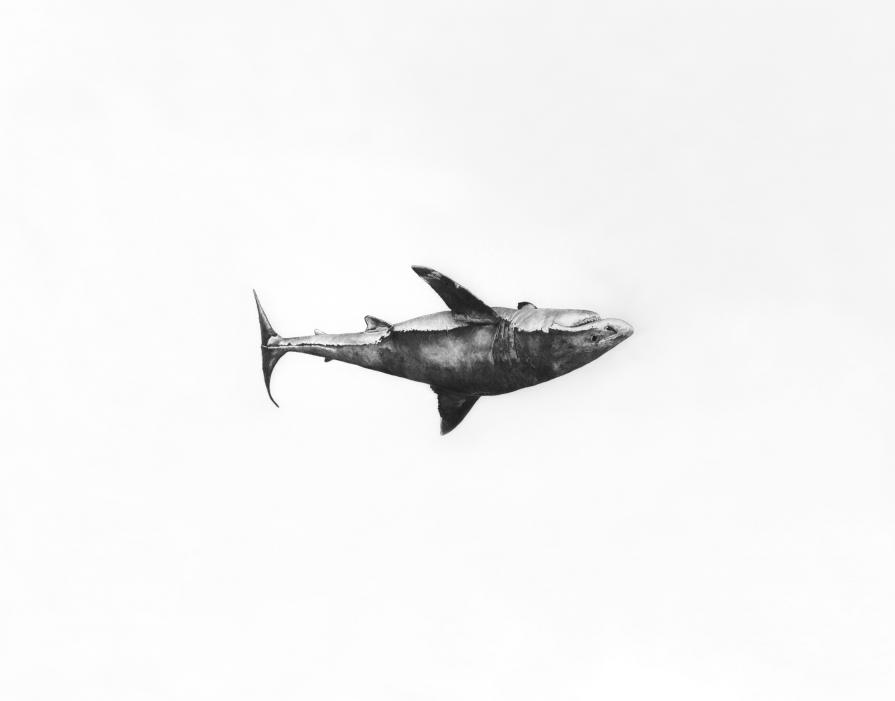By turning the Great White shark upside down, it may enter a state of tonic immobility, a natural state of paralysis that animals enter when presented with a threat. By taking on the appearance of being dead to an observer the creature may appear less threatening and shed it's fearsome reputation. The great white shark came into existence during the Mid-Miocene epoch. It's fossils date back to 16 million years. It is considered an apex predator and is vital for keeping a lid on the balanced ecosystem of marine life in our oceans. The reputation of the Great white shark is a fantastically over-hyped misconception, thanks to the occasional instances of serial attacks and films such as Jaws the fear of sharks is a common phenomenon but on average the numbers of shark attacks are far lower than the media hysteria implies, on average only 60.3 worldwide shark attacks are recorded each year, with an average of 5.9 fatalities, far lower than what you might assume. This misconception and media sensationalism has led us to believe that our oceans would be safer if they were shark free. But did you know that more children die annually from falling TV's?
News
celeste,







Comments 0
Say something